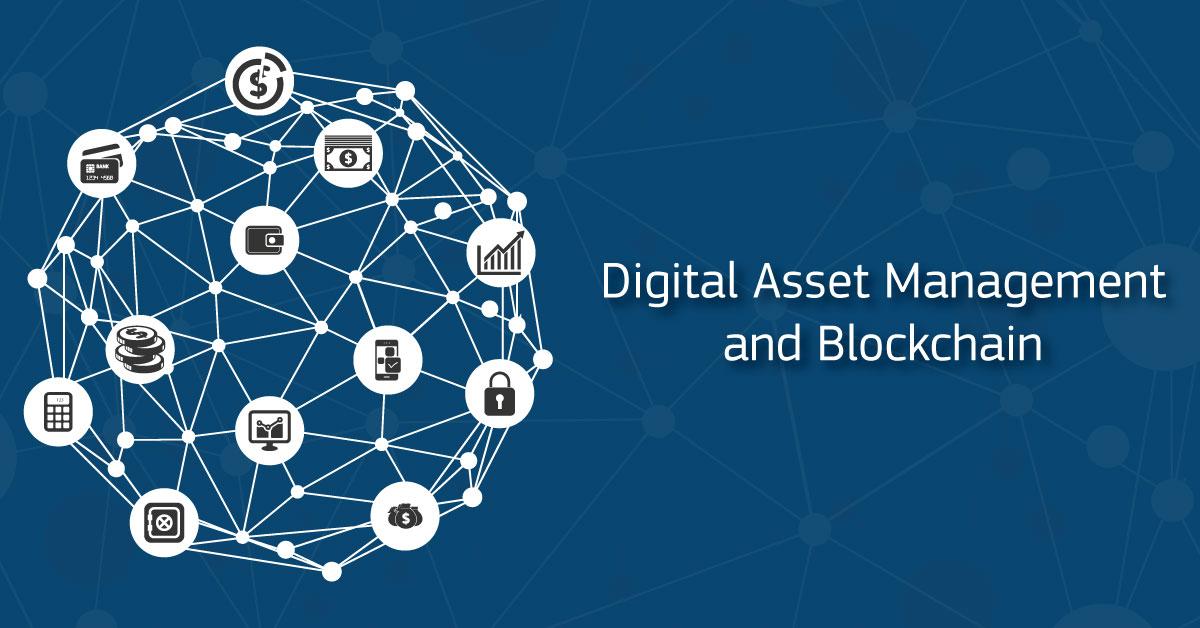The digital asset landscape has been evolving over the past decade since blockchain technology made it possible to exchange value digitally. This was not previously possible before the launch of the Bitcoin network by Satoshi Nakamoto due to the double-spend problem.
A crypto exchange is effectively a marketplace where people buy and sell cryptocurrencies such as Bitcoin and Ethereum. The first well-known example of such a platform was Mt Gox which appeared in 2010, created by Jed McCaleb who is also co-founder and the Chief Technology Officer of Stellar – a payment network blockchain ecosystem focused on enabling low-cost cross-border transactions. The exchange imploded when it got hacked for hundreds of thousands of bitcoins and following that, many other exchanges started popping up, promising better security and liquidity.
The industry has evolved since then. Now there are hundreds of crypto exchanges – centralised and decentralised, custodial and non-custodial, from peer-to-peer marketplaces such as Paxful to order-book based exchanges such as Binance. These digital asset marketplaces also offer different services from spot to futures trading, savings products, NFT marketplaces and so much more.
Chains.com hopes to become one of the new market leaders by introducing a comprehensive offering that amalgamates all the different crypto products and services into an all-in-one platform. In this interview, Anderson Mccutcheon, CEO of Chains.com gives insights into the future of crypto marketplaces. Excerpts below:

How would you best describe Chains?
Chains is a MetaFi platform, aimed at the next generation of web3 users. A single account, connected to multiple products, that are connected to multiple blockchains. Our goal is to cater to users that want to utilise cryptocurrency and NFT products, without having to learn the underlying technology.
There are already many crypto projects offering launchpads, exchanges and marketplaces. Why does the space need a platform like Chains?
For the same reason the world needs an Apple and a Samsung. A Ferrari and a Lamborghini. Variety and competition breed excellence and better results for users.
We see what happens in markets where few players dominate – innovation slows down and users get locked into mediocre products.
Is Chains an open-source project and are you building on or integrating with any public blockchains?
We are integrating with multiple blockchains that are open to various degrees. We natively support ETH, Polygon, BSC and TRON, with our generation-1 products. We will definitely be introducing more support for more blockchains and products in the immediate future.
What are the components of the Chains blockchain ecosystem? Can you share some key insights into your technology stack?
Chains is not a technology company. Just like Coinbase isn’t. We are a product company that uses hundreds of technologies at any given time. We are part of the Amazon Activate program and our centralised services are mostly AWS-powered.
Are you looking to bring NFTs to your ecosystem in the future? In what ways will NFTs be used within your ecosystem?
NFTs are an integral part of our ecosystem. We are conducting one of the biggest NFT allocations in the world with the Deep Space Society GEN-0 drop. 1 million NFTs allocated on Polygon.
What is a CHA token and can you describe its utility or tokenomics?
It’s a utility token that is the backbone of our product ecosystem. Not using CHA and using Chains would mean paying more fees, not having access to certain stages of token sales and advanced marketplace features.
When can people expect the token sale?
We are currently in the pre-sale phase, an opportunity that hasn’t presented itself in years where those who believe in the project can buy into a blue-chip ICO. It’s been a long time since a CeFi/MetaFi platform has conducted a token sale in this way for early adopters.
Is the sale subject to any regulatory oversight and will you be accepting accredited investors?
Yes. We have successfully completed SEC 506c compliance, meaning we are not only compliant, but we can market openly to accredited investors from the US.
Currently you have one of the most popular whitelists in the entire crypto space, what do you think makes a good crypto project?
A strong team, a financial model that has been tested and proven to be working, a multi-year roadmap and a track record of delivering.
What is vCHA and how can people earn or acquire some?
vCHA is a non-currency issued to our early adopters. You can accumulate it by registering, filling out your profile and inviting others to the platform. vCHA is converted into a permanent discount on the platform (which includes the upcoming CHA token sale) , which is the equivalent of staking $5000.
What can the community expect next from your roadmap?
Launchpad comes first. Our goal is to showcase our ability to deliver world class products that can serve hundreds of thousands of users. Prism, our Analytics product, will also be launching this year, and will set a new standard for what a portfolio and asset tracking system should look like.
